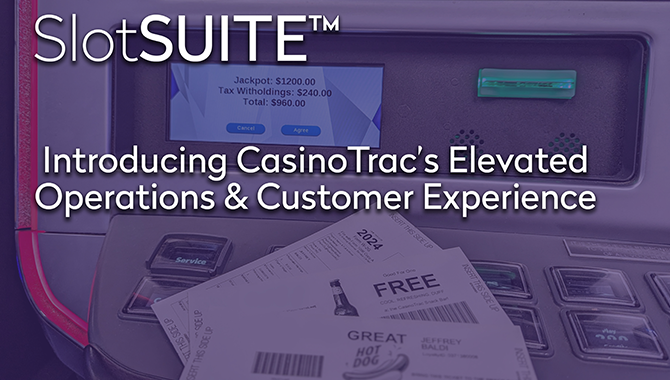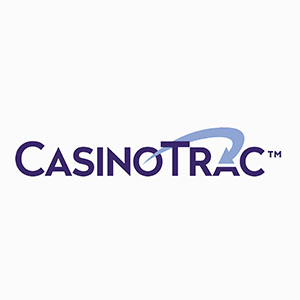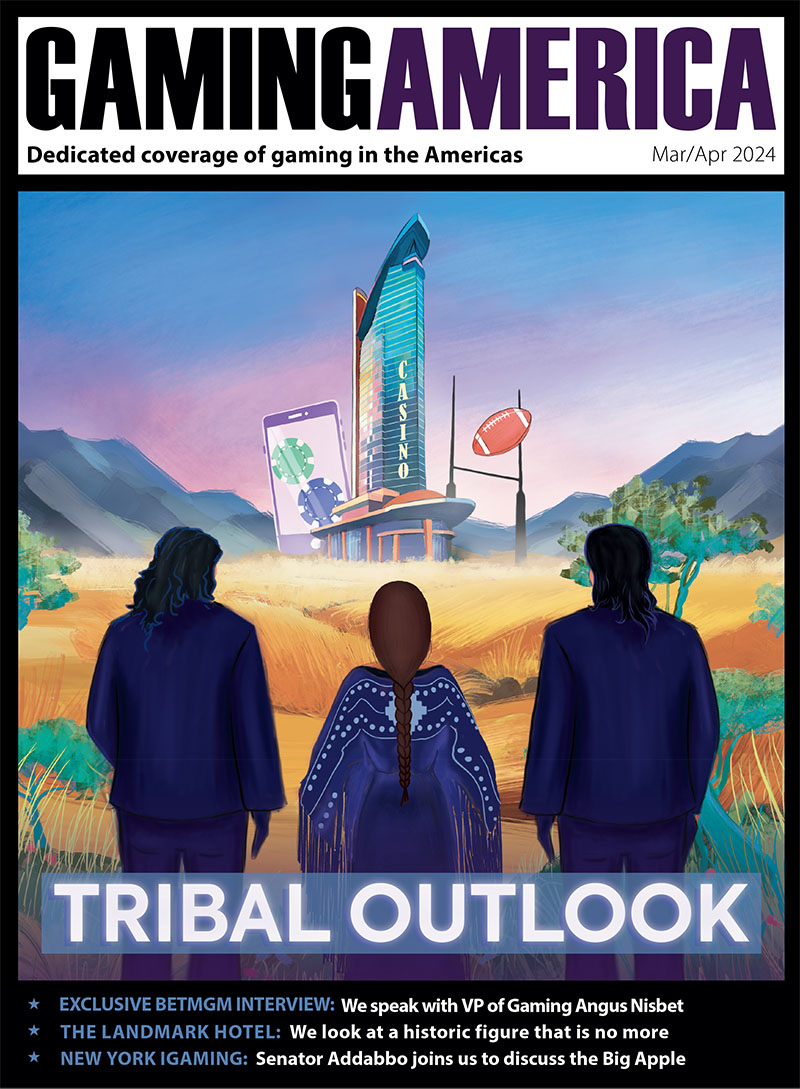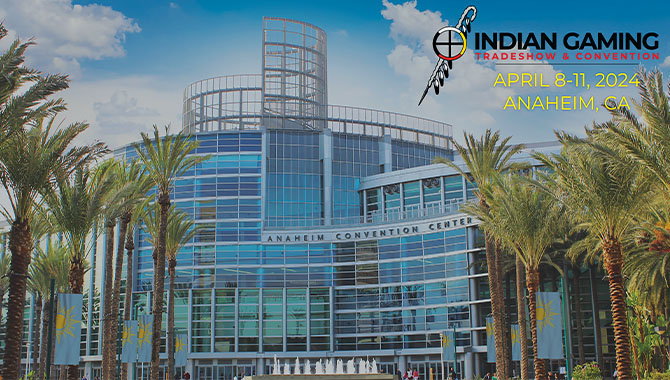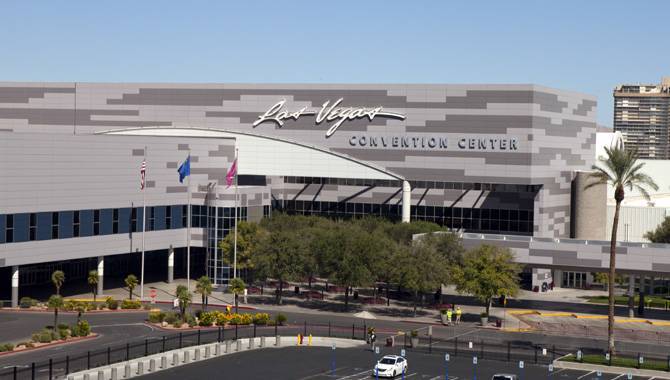
The truth is, if you take gambling out of Las Vegas, the city would probably survive. But if you took conventions away, the city would have a serious problem. Oliver Lovat of the Denstone Group consultancy, which has a focus on casino resorts, details the extent of the reality that post-pandemic numbers might not return.
The Las Vegas Visitors and Convention Authority was established in 1955 with the aim of operating the Las Vegas Convention Center, which opened in 1959. The mission of the LVCVA is to get “heads on beds,” that is to support the constituent owners, that is the local resorts and the Chamber of Commerce. The rationale of building a convention center was to meet the strategic problem facing the resorts at that time: how do we get people to come to Las Vegas midweek?
The Convention Center was a citywide, communal amenity, hosting events that the resorts could not host, not just meetings but sporting events and large concerts that could not fit in the showrooms, most notably hosting The Beatles in 1964. The Convention Center saw steady business, it slowly expanded over the next 20 years, but it was not until the 1980s when conventions really started to have an impact on the market.
As reported in my previous column, early ‘80s Las Vegas was hit by a triple crisis: economic recession, the proliferation of gaming in Atlantic City and The MGM and Hilton fires. Visitation, especially midweek, declined alarmingly. Turning to past solutions, the operators turned to encouraging the growing conventions business, marketing large-scale events midweek.
Throughout the decade, convention delegates grew by 130%. Without this midweek business, the viability of the city would have been in question as gamblers fled to Atlantic City.
In 1989, a consortium of convention organizers, including the late Sheldon Adelson, acquired the Sands Hotel and set about building The Sands Convention Center as a place to host their own events and leasing space to others.
Adelson’s investment in Las Vegas was to be a turning point in the city. As The Sands proved, the convention center was not an amenity but the primary driver of business. In the 1990s, the number of convention delegates was to grow by a further 117%.
The decade closed with the opening of Adelson’s Venetian resort, the business model of which was not predicated on casino revenues, but convention and hotel room sales, and was designed against much of the perceived wisdom that had evolved from the pit to the boardroom.
With the thesis firmly proved, Las Vegas expanded with the convention and meeting provision underpinning investment and growth forecasts, rather than traditional gaming revenues from high-end players.
As the next generation of resorts and expansion plans were developed after the turn of the millennium, the business strategy was not in growing gaming revenues, but how to grow average daily rates, occupancy and revenue per available room; noting that the average spend for the typical convention customer was about $200 greater for a convention guest than a leisure customer.
Between 2000 and 2019, room inventory and customer visitation grew on par, but there was a 73% increase in convention delegates. Alarmingly, there was a warning sign after The Great Recession of 2007.
When the US moved into recession, the number of convention delegates dropped from 6.3m in 2006 to 4.4m in 2010, only rising above 6.3m again in 2016. The recovery period for 2m lost guests was a decade.
How Big Is The Problem?
Las Vegas has bet big on business travel. LVCVA reported that 6.6m conventioneers visited Las Vegas in 2019 and directly supported approximately 45,000 jobs, $2bn in wages and economic output of $6.6bn. Including indirect and induced impacts, the totals increase to 70,700 jobs, $3bn in wages and $11.1bn of total economic output.
There is currently over 3.2m square feet of pure convention space in Las Vegas and 5.3m square feet of event space. The Venetian is enhancing its own 2m square feet of convention and meeting space with the MSG Sphere, an 18,000 seated arena. And the LVCVA Convention District with 1,000,000 square feet of new space will be complete in 2021.
At press time, large gatherings are not permitted in the State of Nevada despite the various steps taken by operators to reduce risks for those seeking to meet at a resort; all the major convention operators have instituted measures to mitigate potential risk and have elevated their safety procedures.
However, the return to record levels of convention visitors will have little to do with the steps taken by operators. It would rather be dictated by a dual outcome of how COVID-19 evolves and macroeconomic trends, which affect the need of businesses to hold meetings and conventions.
This leaves the current business model adopted by Las Vegas operators – midweek convention business, supplemented by weekend leisure customers – needing urgent revision.
There are only three viable solutions to this problem. The first is to try and actively stimulate meeting and convention business for when these events are viable; however, success is not determined by individual efforts. This strategy involves carrying the burden for employees and ensuring facilities are maintained, which may cause some of the larger operators with multiple venues to fill problems. But by shedding these employees, it’s harder to ramp up as conditions change. Enhancements can be made to convention and meeting space to meet changing customer needs, such as increased broadcast production facilities, but those resorts advocating this strategy are surely aware the market will return incrementally over a long period.
The second is to close resorts midweek, with the aim of cutting operating costs until the return of systemic midweek growth and diverting business to key properties.
This is the fate of MGM Resorts' portfolio, especially older resorts, such as The Mirage and Mandalay Bay, which in recent years have been repositioned away from leisure and to convention centric customers.
The third, and perhaps the most controversial, is to acknowledge that there’s an oversupply of convention and meeting space. Legacy space has been supplemented by newer rooms and based on past trends, 2019 levels will not return anytime soon. If this is the diagnosis, then there needs to be fresh thinking to redevelop these spaces as revenue-producing areas.
Executive efforts are currently still on managing phase 1 of the pandemic crisis, which is keeping the doors open and managing expenses. However in mid-2021, the thought process into managing legacy conventions and meeting space will begin – and expect to see this as the beginning of the next cycle of innovation and targeted attractions.
Las Vegas has historically innovated to find unmet customer demand, so post-COVID, who are the midweek customers if not conventioneers? One hypothesis is that resorts should investigate active programming, as seen in other traditional vacation resorts and cruise ships. Program events for the morning, lectures, art galleries, focused midweek festivals and unique experiential retail for invited guests would hopefully drive occupancy, rates, visitation and all revenues. It may even be that the responsibility for sourcing, attracting and coordinating this next generation of attractions is led by LVCVA, which would seem an obvious choice to lead coordinated innovation.
But despite all the theorizing, one thing remains clear. Taking conventions away from Las Vegas is not an option. It’s time to problem solve.


